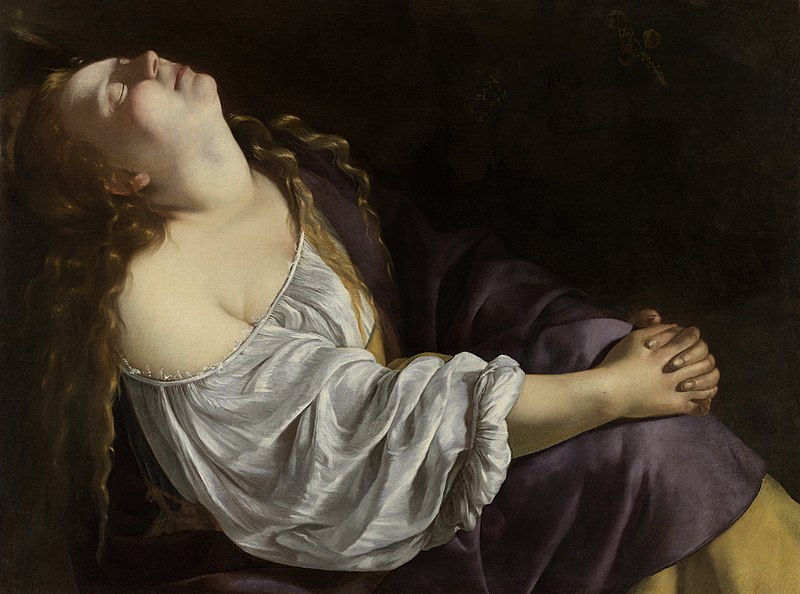Art criticism brings a new perspective on seeing Art, and Feminist Art criticism questions views and offers a broad view of Art. Feminist Art historian Linda Nochlin’s article, ” Why Have There Been No Great Women Artists? ” is in a historical period. Or now that article is considered as a historical question. In that classic essay, Nochlin questions the historical male dominance and the Western viewpoint of viewing this as natural. Nochlin argues in that essay that social injustice is not natural, including gender inequality, and she analyses these are an ‘unconscious male domination’.
Linda Nochlin’s article title is echoed in art historical discourse, bringing many female artists into the art historical context. This discussion gets a new dimension to seeing the materials through a feminine angle and understanding how ‘distinctive and recognisable feminine style, differing in both formal and expressive qualities from that of men artists and posit on the unique character of women’s situation and experience’ as Nochlin writes.
Nochlin points out the men-women experience of life and society; even as an artist, that experience differs from men to women. No subtle essence of femininity would seem to link the work of any celebrated women artist or writer, and women artists and writers would seem closer to other artists and writers of their period and outlook than to each other, as Nochlin writes. Then, Nochlin asks why ‘there are no women equivalents for Michelangelo or Rembrandt, Delacroix or Cezanne, Picasso or Matisse, or even, in very recent times, for Willem de Kooning or Warhol, any more than there are black American equivalents for the same’.
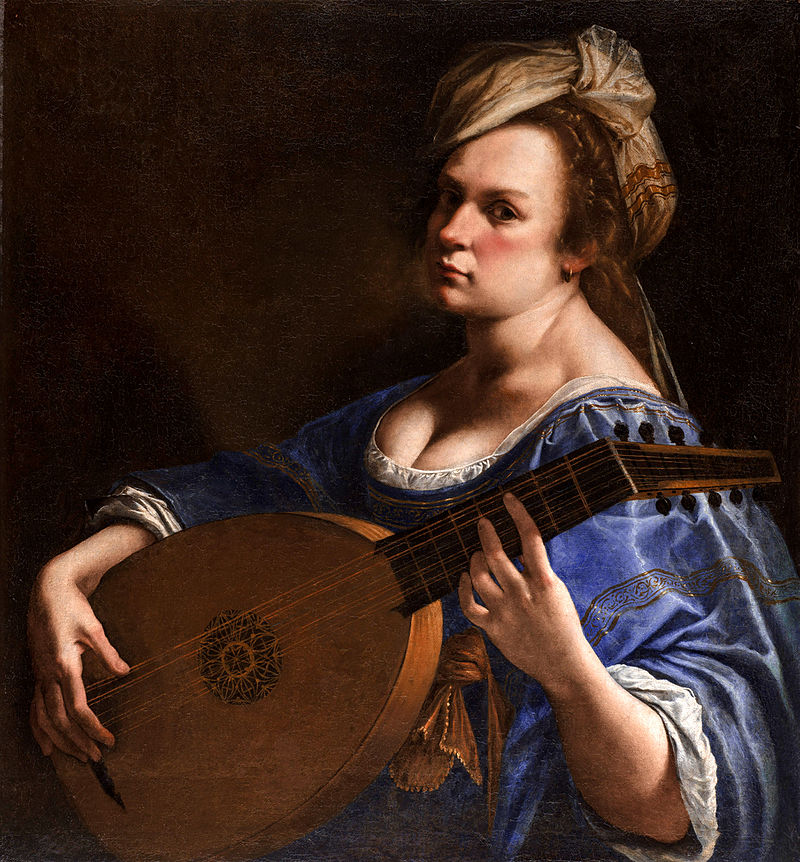
Artemisia Gentileschi’s (1593–1656) name pops up in Western Art history and context during this engaged feminist discourse. As we know about the artists, Gentileschi is an Italian Baroque painter and celebrated styles like Caravaggio, and well known for her artistic presence in public life. Before the feminist approach and discussions, artists like Gentileschi were hidden in a male-dominated artistic aura. Nochlin points out that how to become an artist and be present in public life is based on where ‘you’ come from and your gender identity. Art is also a space like many other areas that are still ‘oppressive, and discouraging to all those—women included—who did not have the good fortune to be born white, preferably middle class and, above all, male’ as Nochlin writes.
A classic book titled, The Expanding Discourse: Feminism and Art History, edited by Norma Broude and Mary D. Garrard, brings insightful arguments about the existing discussion about this topic. Art history as a discipline matured over the centuries of discourse and debates. Feminist cultural critique challenges the way of seeing and looking. From the beginning of art history as a subject, ‘art history has drawn nourishment from intellectual advances in other fields. Radically new perspectives on human experience—whether this involved archaeological discovery, the discovery of the subconscious mind, or the behaviour of social classes—have eventually broadened the way art historians think, as written by Norma Broude and Mary D. Garrard in the book’s introduction.
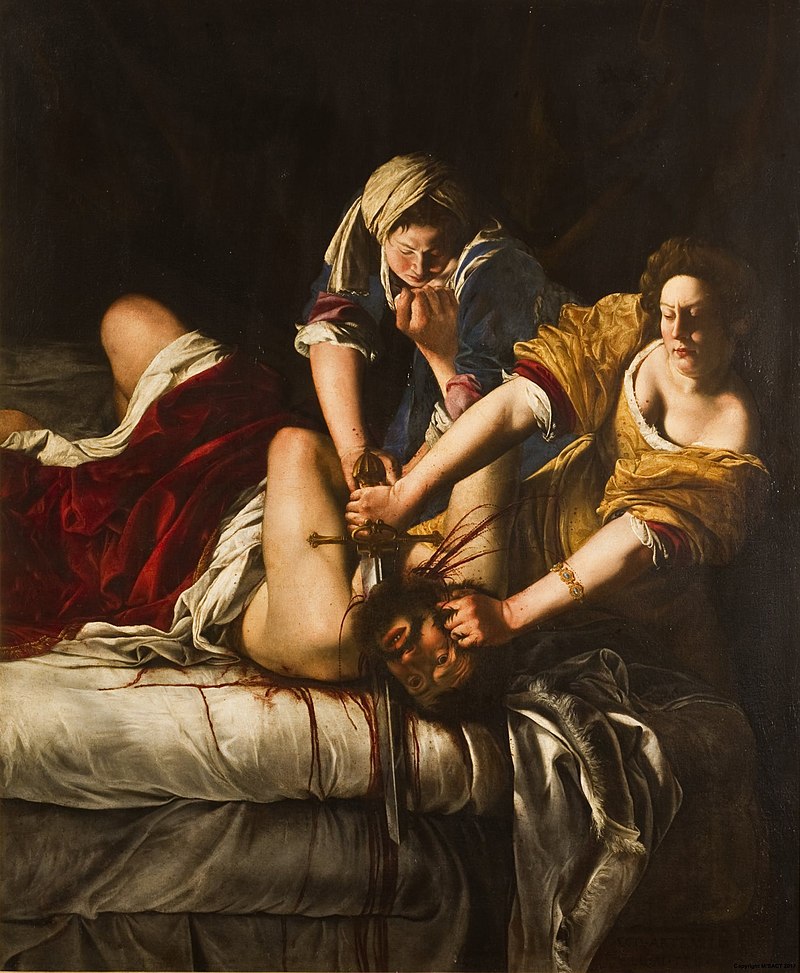
Art historical thinking from a feminist angle gets the female artist with significance, including Artemisia Gentileschi. What Norma Broude and Mary D. Garrard suggest to comprehend art history is to divorce it from the ivory tower context of ‘pure, aesthetic, and “universal” values and see it not as a passive reflector of social history but as a tool that can be and has been used in every historical period as a powerful social force’.
Broude and Garrard question the artwork created by the male about the female because they presented a female as a virtue or vice, distorted the truth from the actual female life experience. When analysing the work of Gentileschi or any other female artists from antiquity, we understand what they are trying to do through their artworks.
In an essay, Artemisia and Susanna, scholar Mary Garrard writes about the works of Gentileschi and how the American Art audience was astonished by the show of Gentileschi’s work, especially her six paintings. In this essay, Garrad discusses the authorship of Gentileschi’s works. In another book titled ‘Artemisia Gentileschi: Feminism in Early Modern Europe’, Mary Garrard extensively write and explains why Gentileschi because, for a long time, she ‘has been treated as an isolated phenomenon whose radical pictorial assault on gender norms was unconnected to women’s history. Many scholars prefer to avoid the gender issue in her Art; some dismiss it as irrelevant to her place in art history. Garrad uses the modern feminist lens and connects Gentileschi to a broad sense of time and space that challenge the typical view of Art historians.
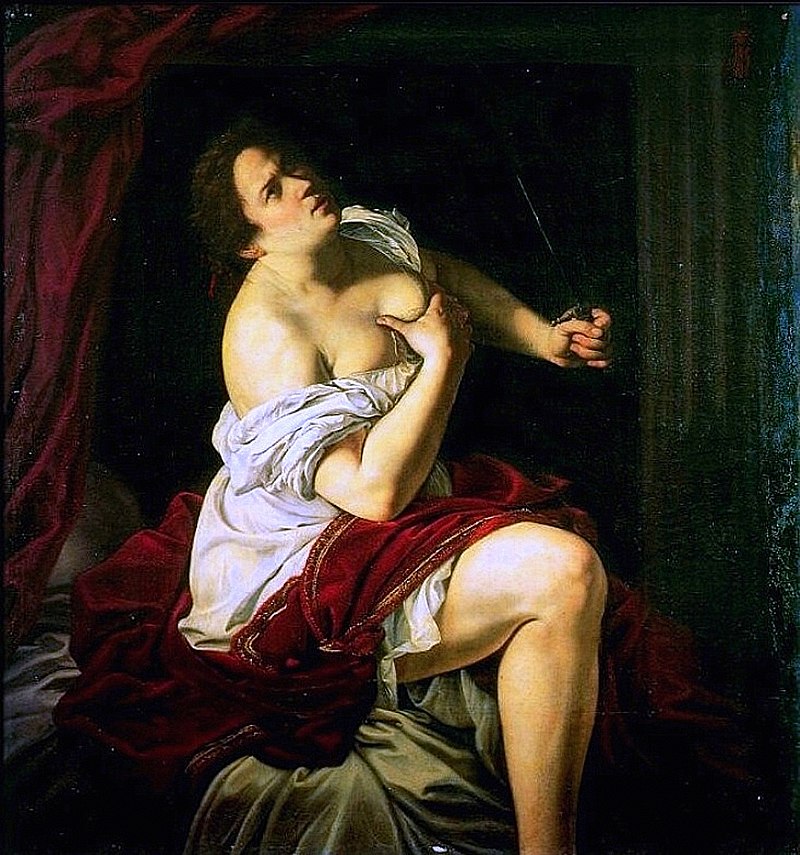
For a long time, males have managed Art as patrons, artists and art historians. Feminist art historians challenge this authority of men in Art and art discourse. What Gentileschi faced in her life was ‘sexual violence, political power, the myth of female inferiority, and the cultural silencing of women’s voices and achievements, as Garrad pointing in her book preface. The way Gentileschi’s works shaped the Art and historical context of Art criticism.
Women were not silent but silenced, a condition that women overrode through literary and visual speech, as written by Garrad, and women were constantly advised to be ‘chaste, obedient, and silent’. Gentileschi’s work starts to speak visually, and she challenges the male-dominated society through her artwork, and she never allows her voice to die with her.
Feminist Art history is also part of Feminist writing, and that shaped the discourse of Art practice and understanding of Art history’ visual images have also put forth benign and positive ideas about women, of course, yet until Artemisia came along, few images presented a picture of gender relations from a discernibly female point of view. Artemisia Gentileschi stands out in this respect for, more than any other pre-modern artist, she consistently contradicted and challenged patriarchal values as written by Garrad.
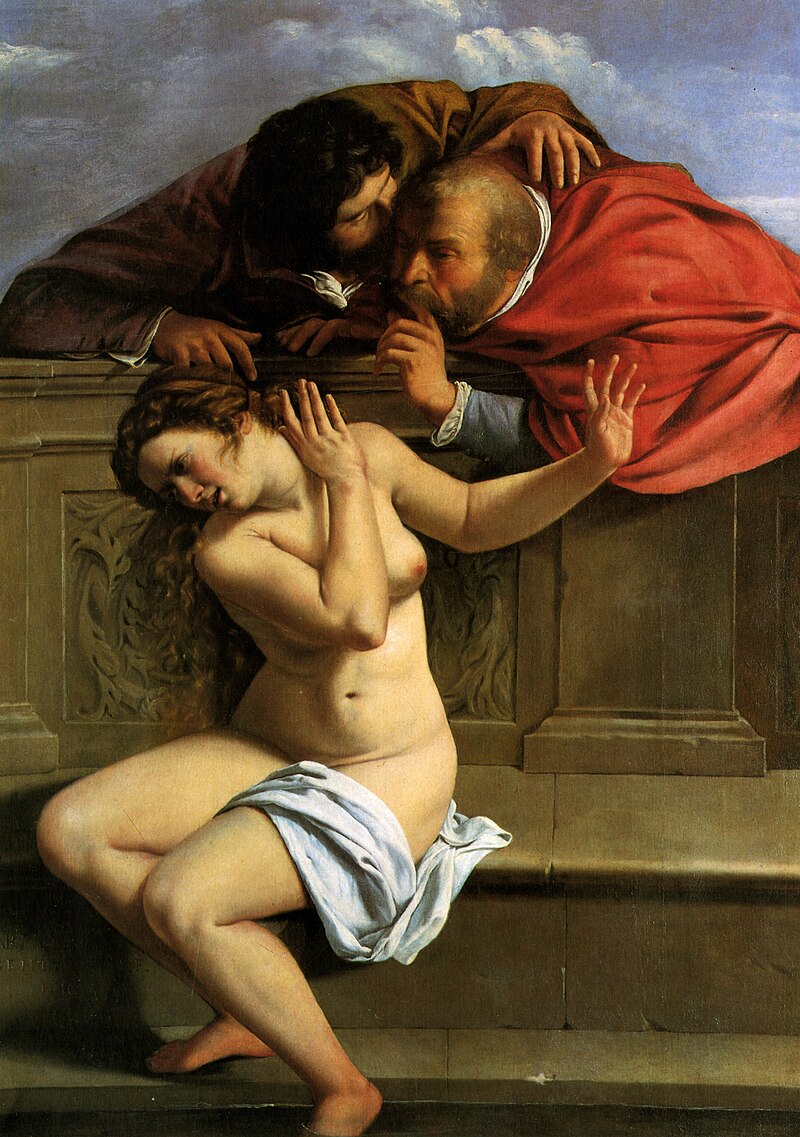
Artwork or images from a time tells us about the time as a transparent media of something. For Garrad, images cross linguistic boundaries to spread ideas in capsule form. A painting is disadvantaged by ambiguity; for a while, feminist texts explain issues in unmistakably clear terms, while a picture by Artemisia (or anyone) speaks more ambivalently. Gentileschi’s work is not crafted to oppose male supremacy, but she expresses herself on her canvas; her life thoughts, resistance and power as a human being, even though that time has accepted these emotions from a woman.
Gentileschi’s reinterpreting of the Biblical story of Susanna in a Barouch style brings more drama for visually analysing the tale of female virtue. What happened to Susanna is the best example of how patriarchal cultures control a woman’s sexuality, and why ‘Susanna’ faced capital punishment for hypothetical adultery is crucial in the Art historical context. The false testimony echoed in the air of the Christian patriarchal era; here, Gentileschi represents the opposite of male-dominated affairs. As Garrad write, ‘Art amplified the idea that women’s seductive beauty was to blame for men’s sinful lust. In many Susanna images produced in early seventeenth-century Rome, the sexually attractive heroine turns responsively to the beseeching elders, her breasts heaving in the sensual display above the drapery she clutches in a nod to decorum.
Gentileschi questions this medieval period European Male-Gaze, not only based on assumptions of the ‘male gaze’ but the ambiguity based on her life experiences. This same life experience moulds her to create Self-portrait as a Lute Player, and why this ‘too much’ exposed gesture because she ‘recently experienced rape and whose anger and sexual violation are mirrored in her Lucretia, writes Garrad. Why Gentileschi presents herself in a sexually shaming posture and sexualises herself as a musical gipsy, these questions are crucial in a time of sexual violence and sexual harassment in the name of purity and virtue.
In this painting, do artists play a role in the male gaze or the periods? The phrase “We all live in a theatre, and we all are actors; is an element Gentileschi brings into this canvas and starts questioning the way of seeing.
Krispin Joseph PX

Krispin Joseph PX, a poet and journalist, completed an MFA in art history and visual studies at the University of Hyderabad.

